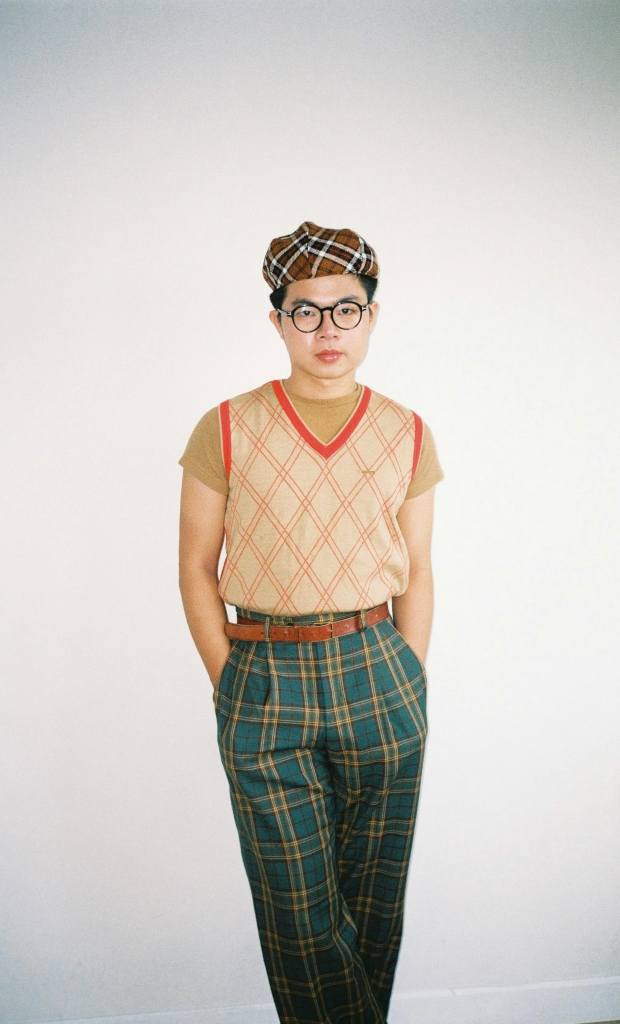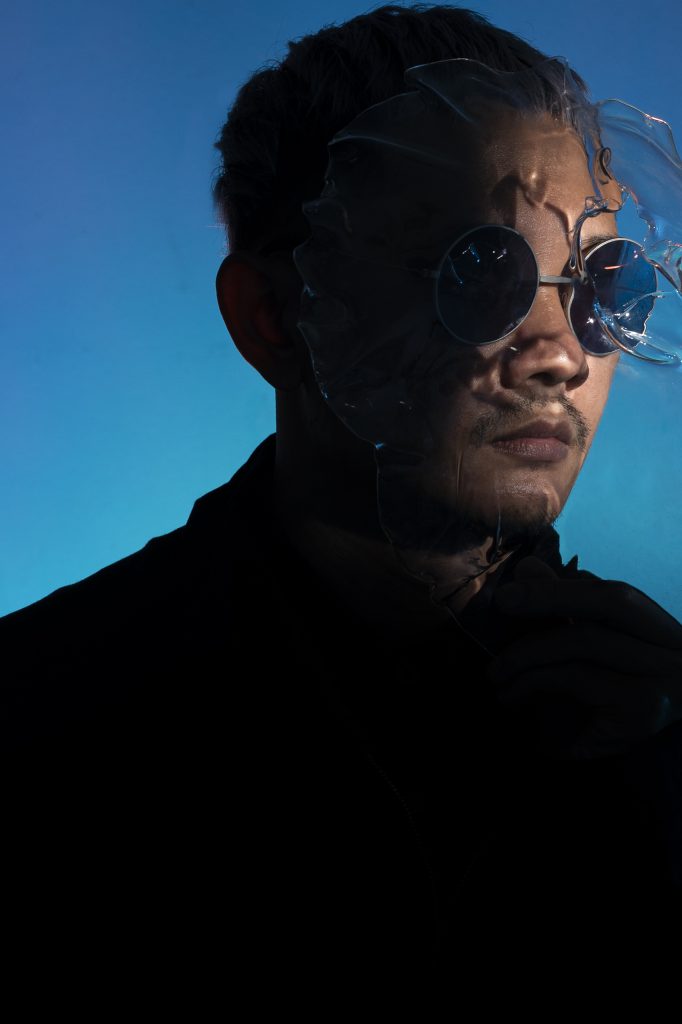Story NAM THI, MINH NHAT
Photos INTERVIEWEES
Designer Khanh Duy (Fancì Club) and Photographer Tuan Fr have used timeless effort and constant innovation to climb to the heights of the fashion world.

Designer Khanh Duy
Hello, Designer Khanh Duy. How did you start with Fancì Club?
Hello, Heritage Fashion. I am Duy, the founder of the Fancì Club brand. I started with a second-hand clothes business. After realizing that these second-hand items could be altered to create a new and better product, I began to modify available second-hand items and received a lot of customer support. People gradually got to know Fancì through such upcycled designs. Then, my team and I started creating more diverse designs and gradually shaped Fancì Club’s unique style.
What is the core philosophy in creating fashion designs for yourself and Fancì?
I think authenticity in the creative process is important because it helps me reach and connect deeply with the wearer. In designing, I always aim to enhance the beauty of the body and the most natural aspects of a person. We become beautiful when we are confident about who we are and thus appreciate the beauty of others.
Therefore, I don’t hesitate to use details like cutouts or transparent materials that reveal body lines, as long as it makes the wearer feel beautiful and appreciate their body.
Fancì has succeeded in creating a distinctive style. But aesthetics change – so will you also gradually change or remain loyal to the style you have built?
I think style can change, but philosophy and aesthetic taste do not. One of the most significant values of beauty is sustainability. Fancì Club may experiment with various materials or shapes. However, my team and I will always be truthful to our message because we show respect for our products and customers while ensuring sustainability in each of Fancì Club’s designs.
You and Fancì Club have established a domestic position and reached international heights. What is the next mountain you want to conquer?
So far, Fancì Club’s customers have only been able to interact with the brand online. I hope that Fancì Club’s designs will be displayed and purchased by customers in many locations around the world.
I want people to feel and see the materials with their own eyes to understand the values we put into each design. Fancì Club is making this happen, so my team and I hope to receive love and support for this new step.
Thank you for sharing, Khanh Duy. We wish you much success!

Photographer Tuan Fr
Photographer Nick Knight has said that designers these days always imagine their apparel in motion. What do you think about this view? Does a photographer need to move away from strictly static images keep up with the trend?
I don’t oppose this view. If we look broadly at the context of social media platforms where Reels and TikTok exist, it’s clear that dynamic images are the general trend. It seems modern audiences are increasingly “greedy.” They have a lot to see, from still images to moving images. Then, they also want to see the content behind the scenes, the production process and the idea development. In the end, photographers can also be “greedy.” As for me, I want to delve deeper into a specific field. Not limited, but also not superficial in the discipline I have chosen. I don’t think I need to be responsible for meeting the majority’s demands.
Photographers and designers have often become iconic partners in the fashion community. Is there an iconic designer for you?
I want to renew myself by shooting a variety of different things. A creative person must always innovate themselves, and it’s even more necessary in a developing society. As a photographer, I like to observe a lot. I also prefer surprises over what is iconic. To maintain a personal perspective, you should not force yourself to choose a “favorite” subject or rank the images you have seen. On all the sets, I shoot for myself first and foremost. Even though I compromise with what the work demands, to some extent, the picture is still a mirror reflecting myself. The only secret lies in diligence.
What do you think about the role of the storyteller?
Regarding storytelling, I tend not to separate photography from life in general. You need to know a lot to do photography. It’s not just about looking; behind the image is the culmination of knowledge and senses. Thus, a photographer needs a foundation. I think if a photographer makes you feel emotional, they have transcended mere appearance. The picture at that moment is more than just “beautiful”.
Does the foundation of a photographer come from formal art education?
I think education can come from anywhere. Assisting in a studio is a way of learning; attending formal classes is another way. If you have the desire, you will find a way. Ultimately, the foundation comes from self-cultivation so that each image produced is something of a mirror reflecting the photographer. As David Sims said, when you publish an image, you inherently publish a portrait of yourself. Finally, to me, the thought that one lacks the conditions for education or doesn’t have enough photography equipment (camera, lenses, etc.) is an excuse. Equipment and finances are necessary, but they don’t make a photographer.
Thank you, Tuan Fr. We wish you good health and success!










